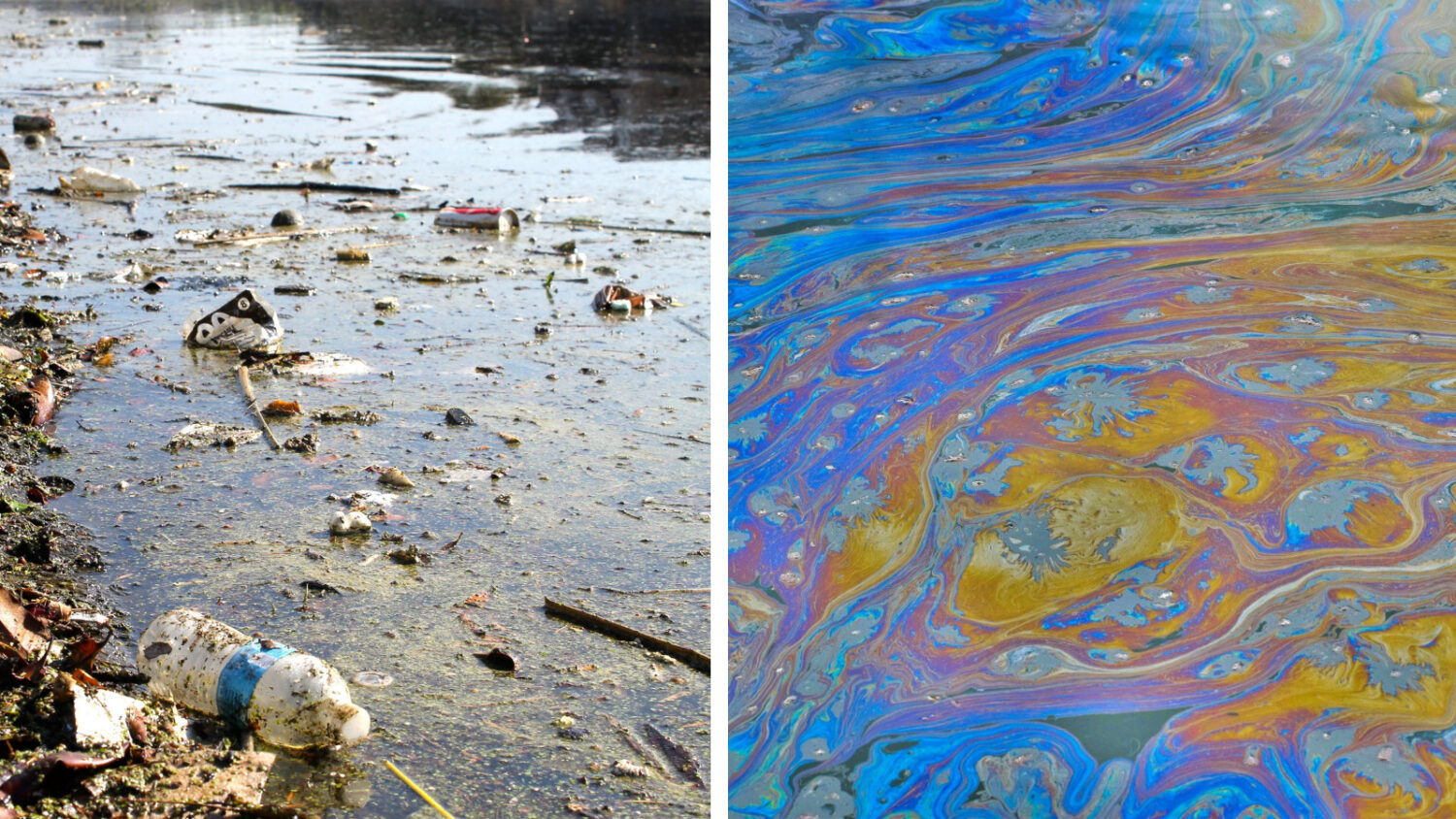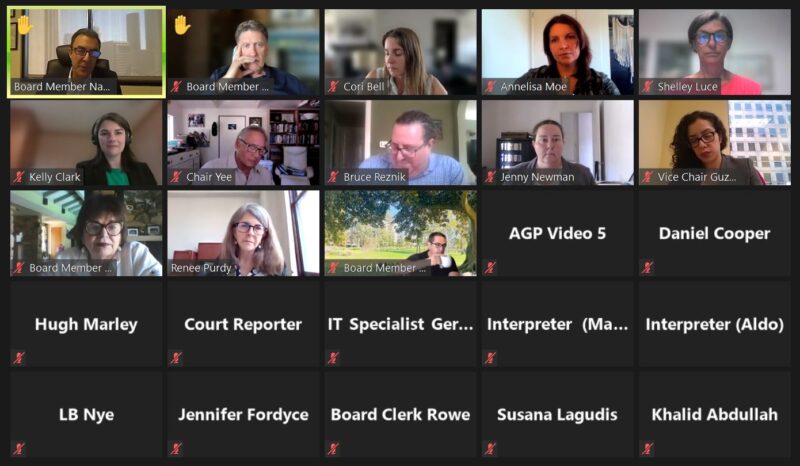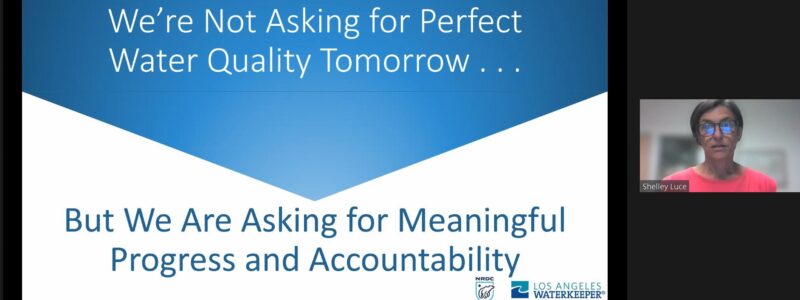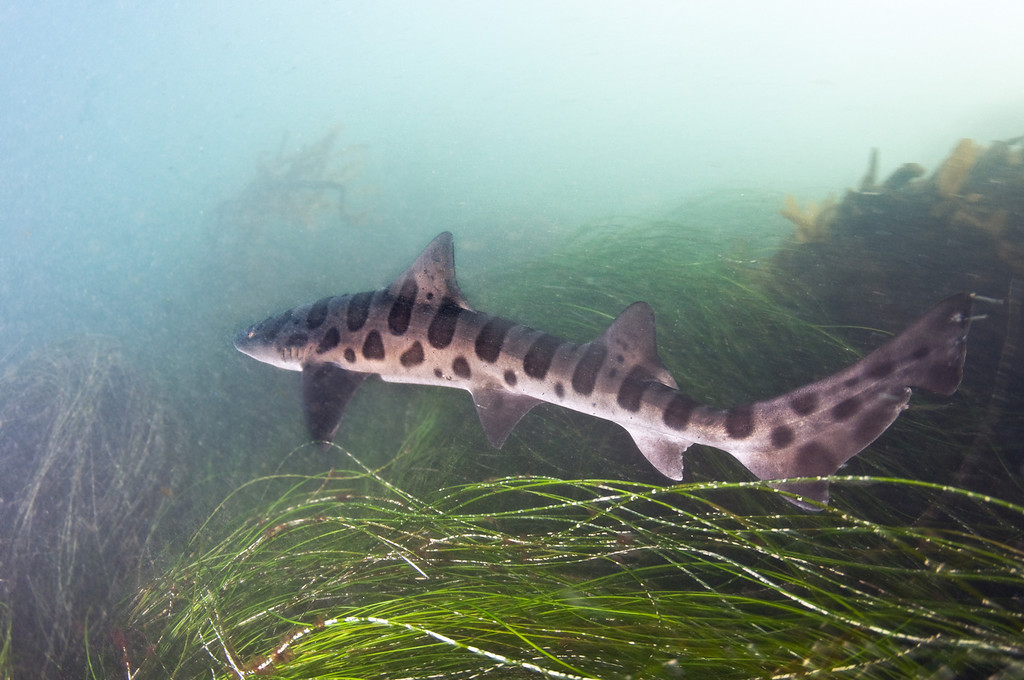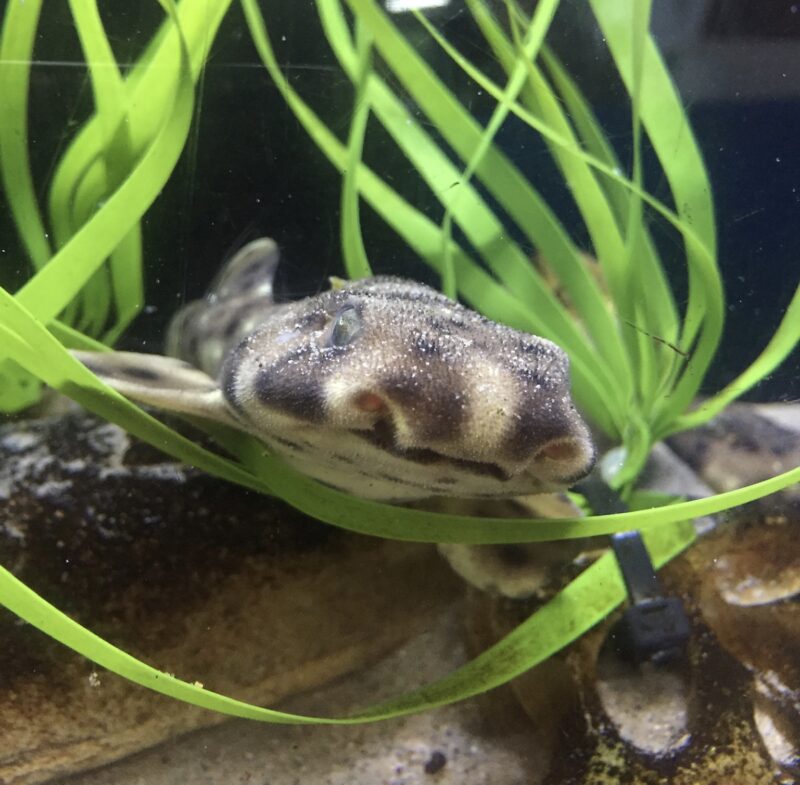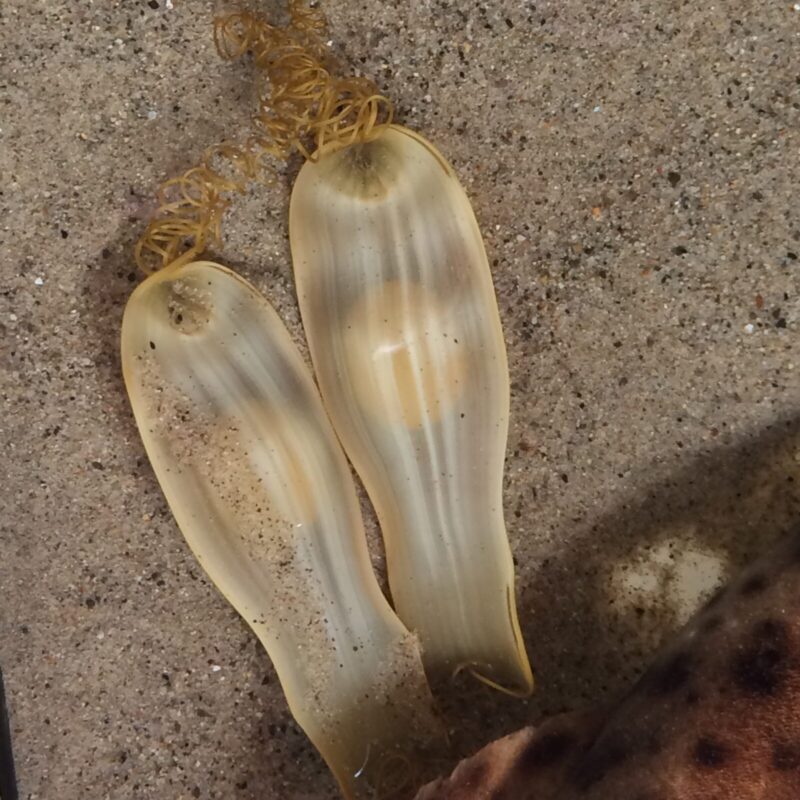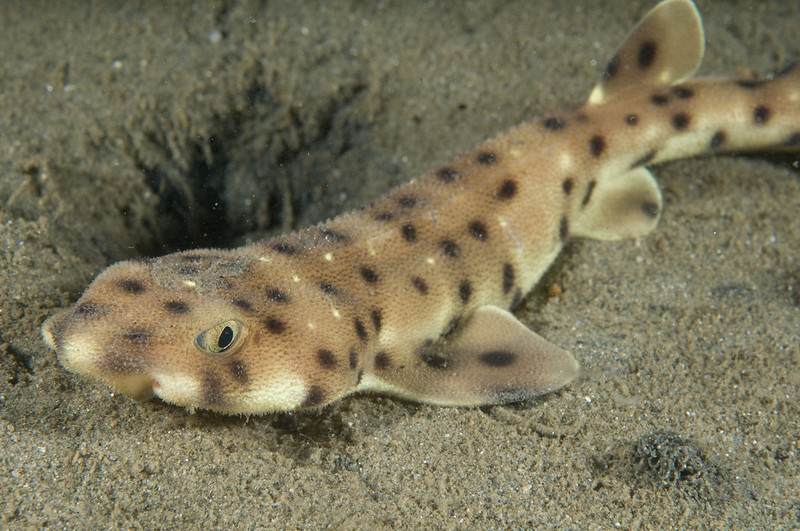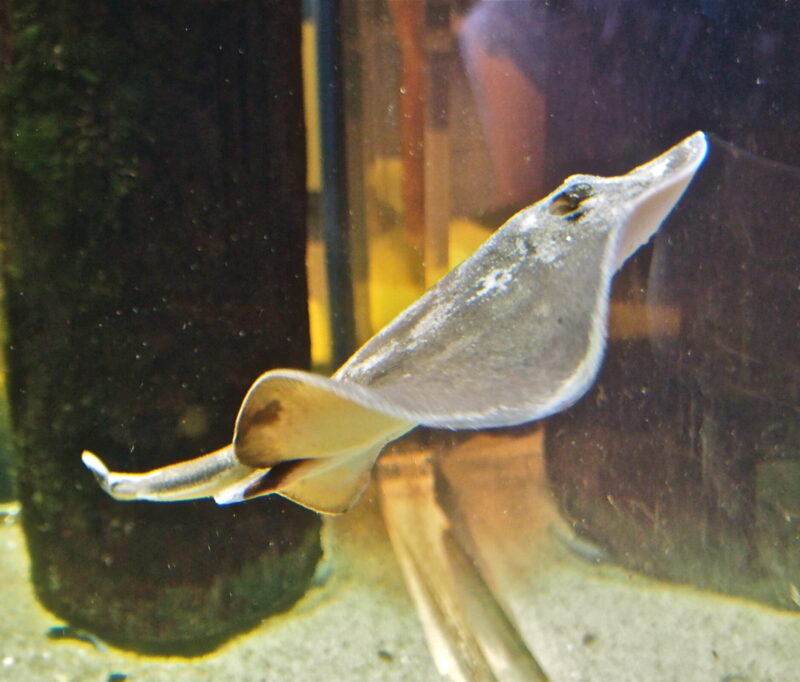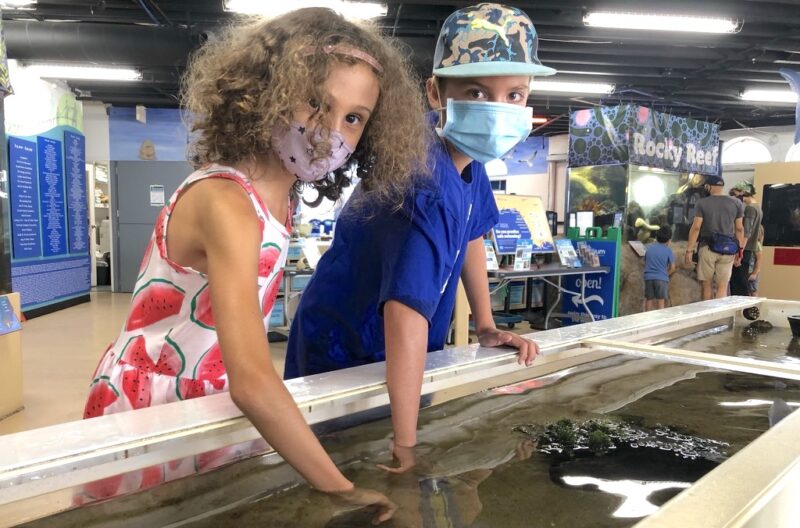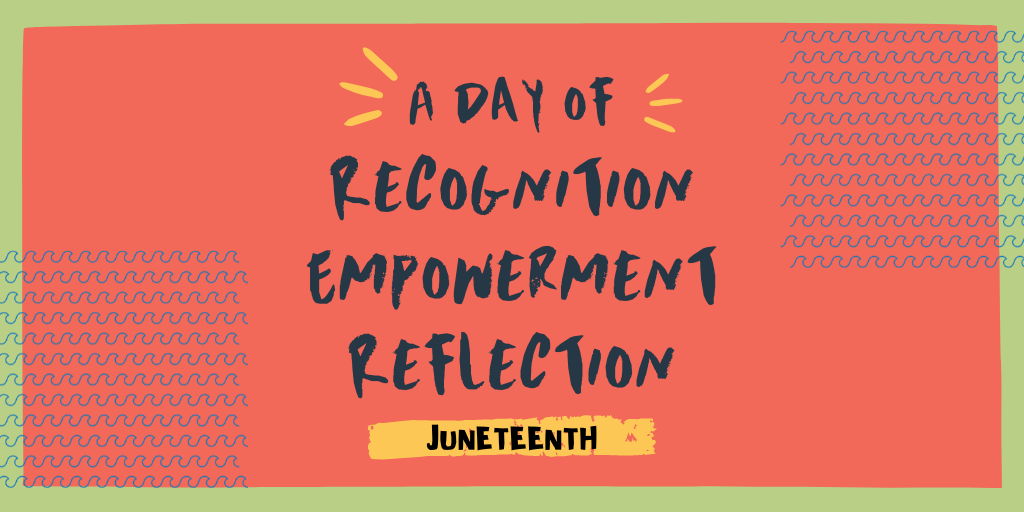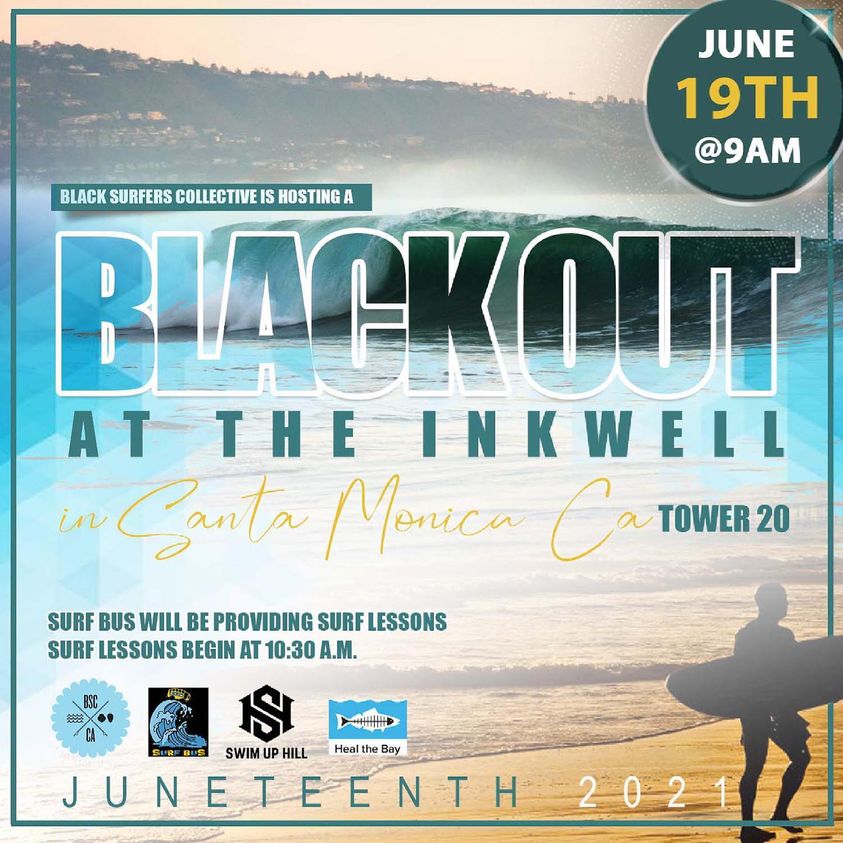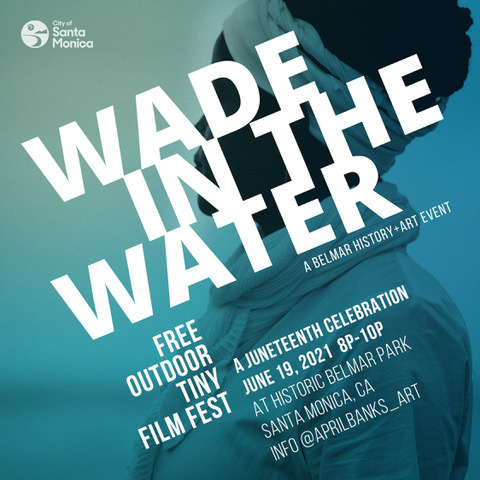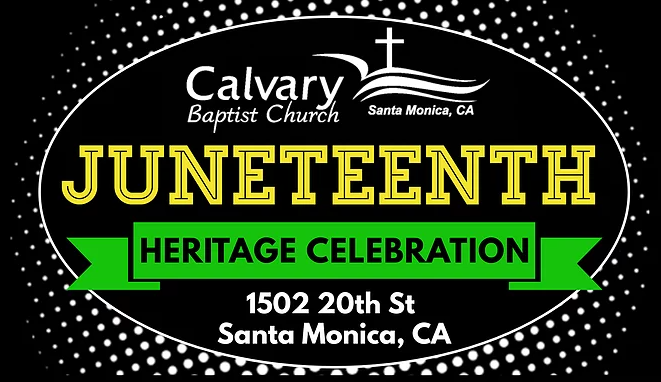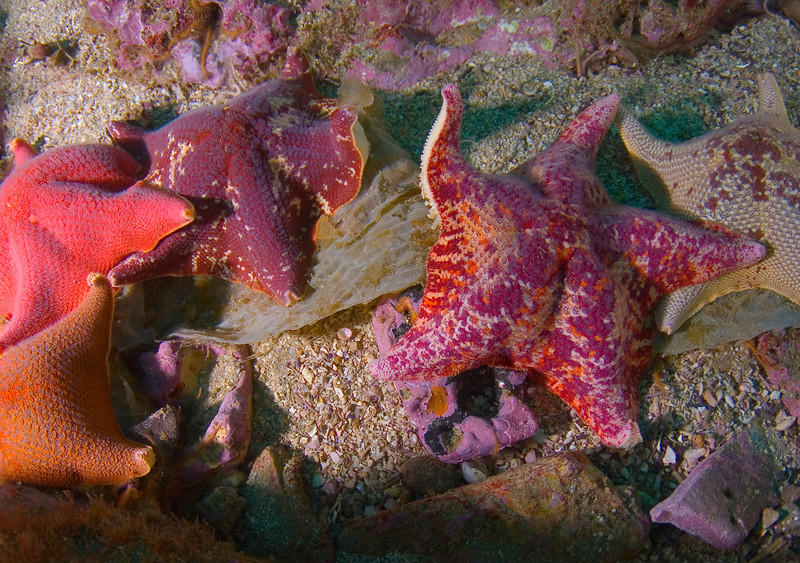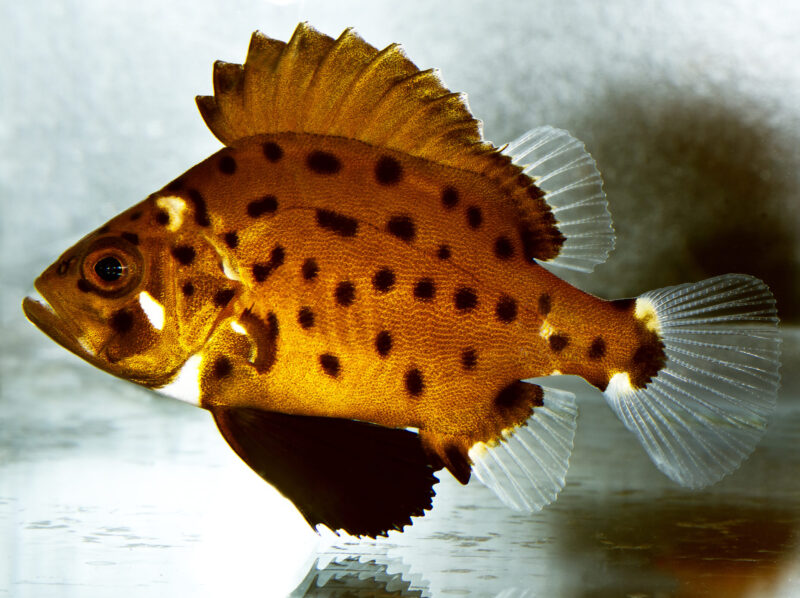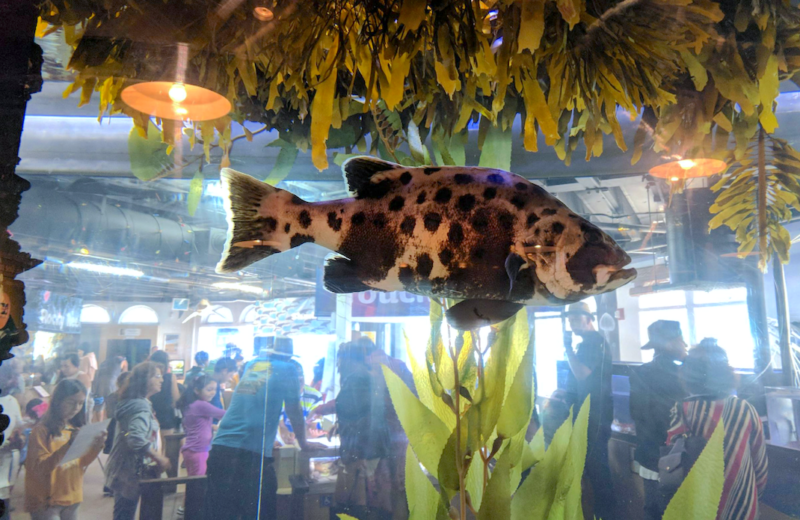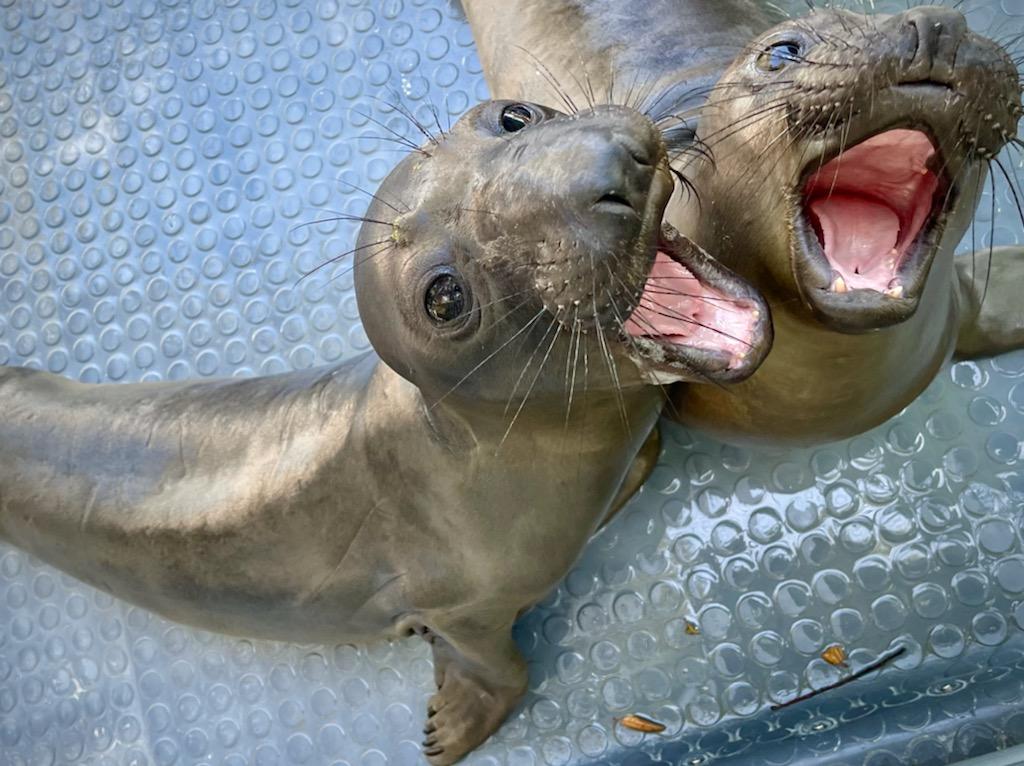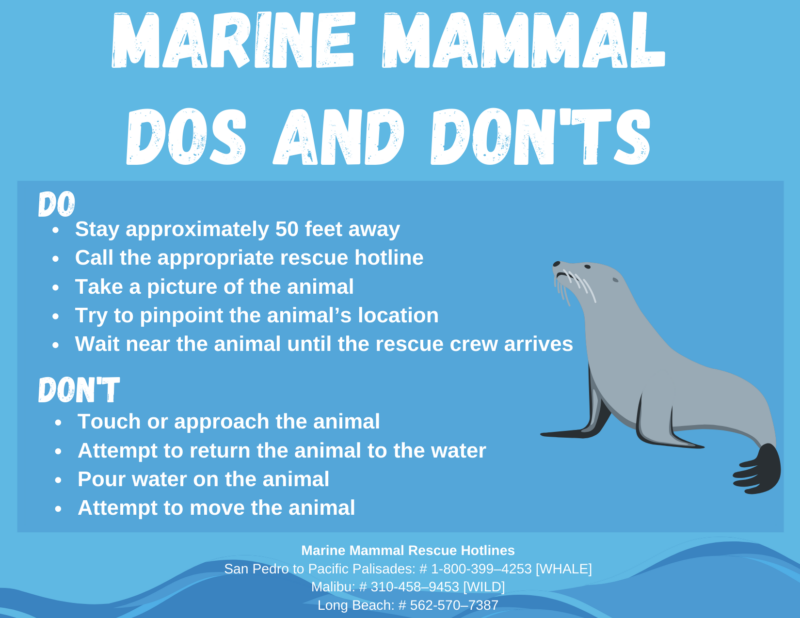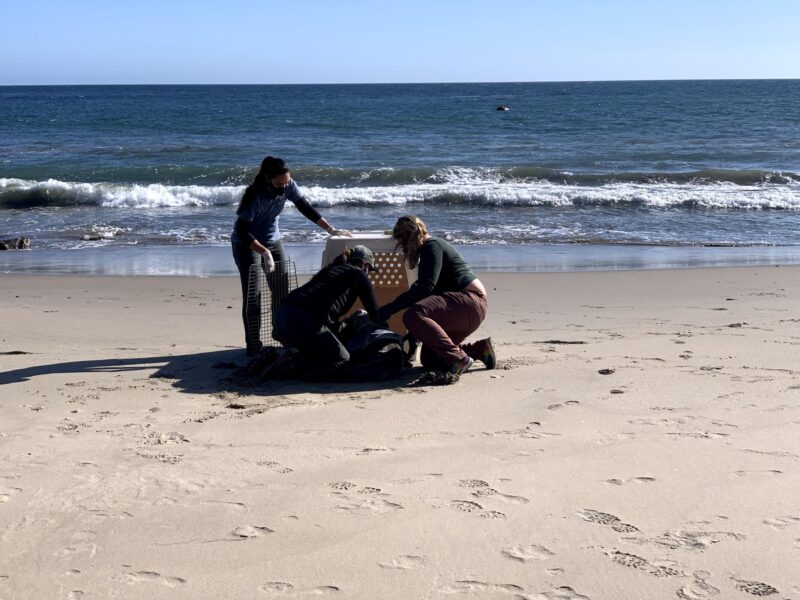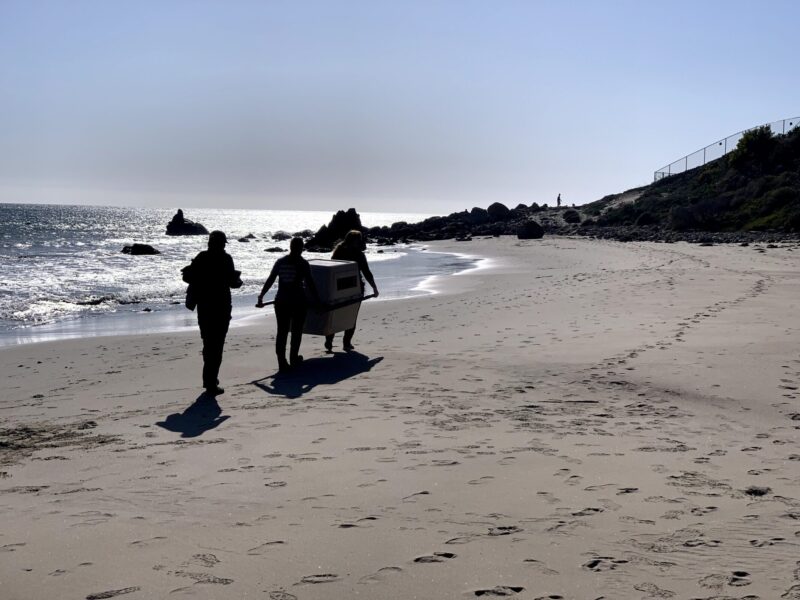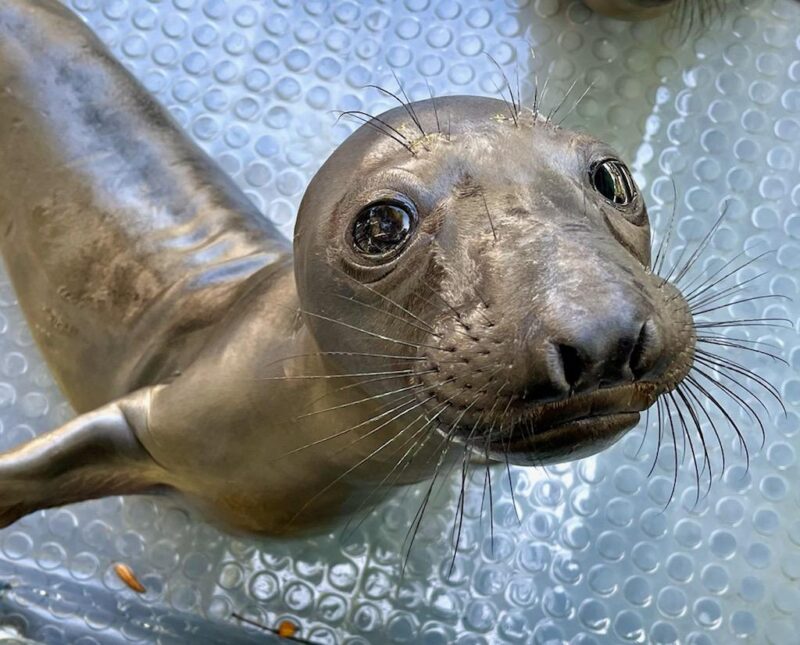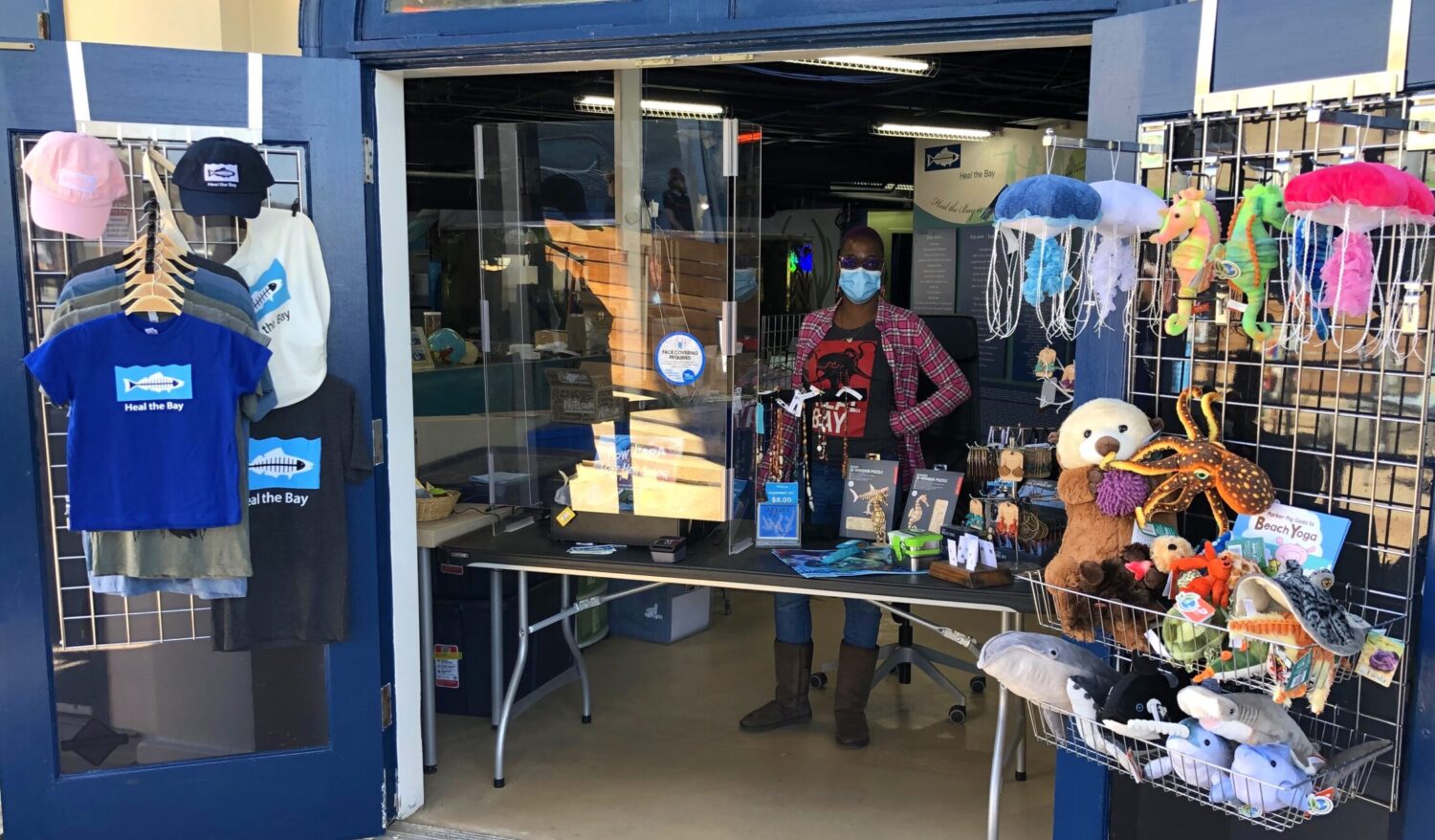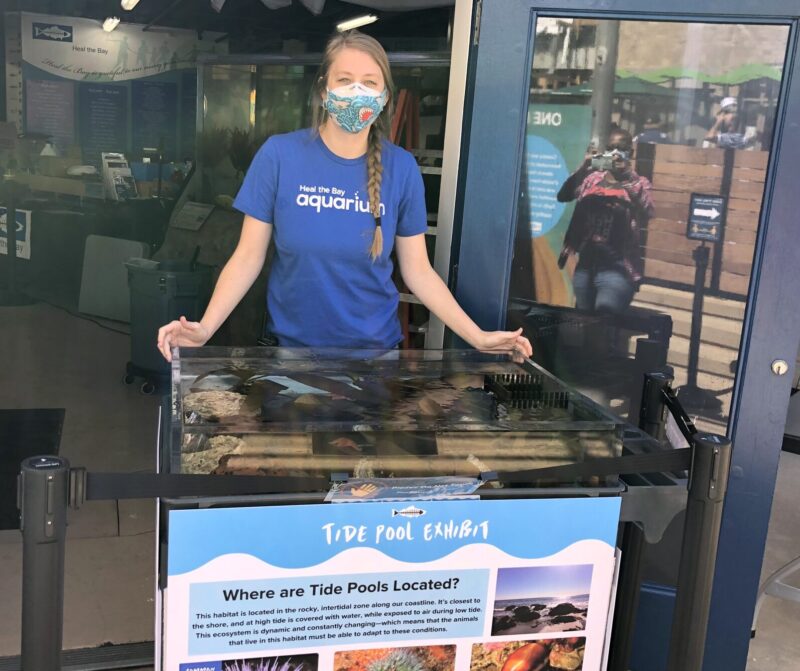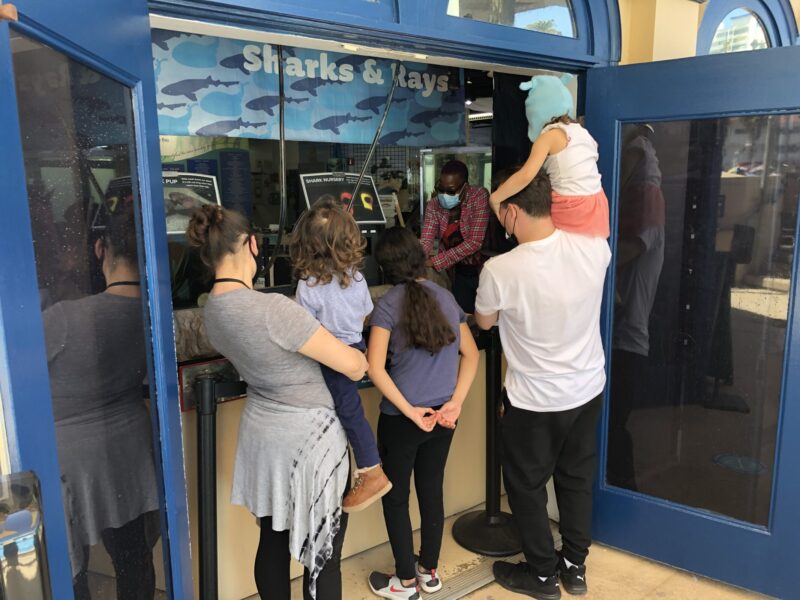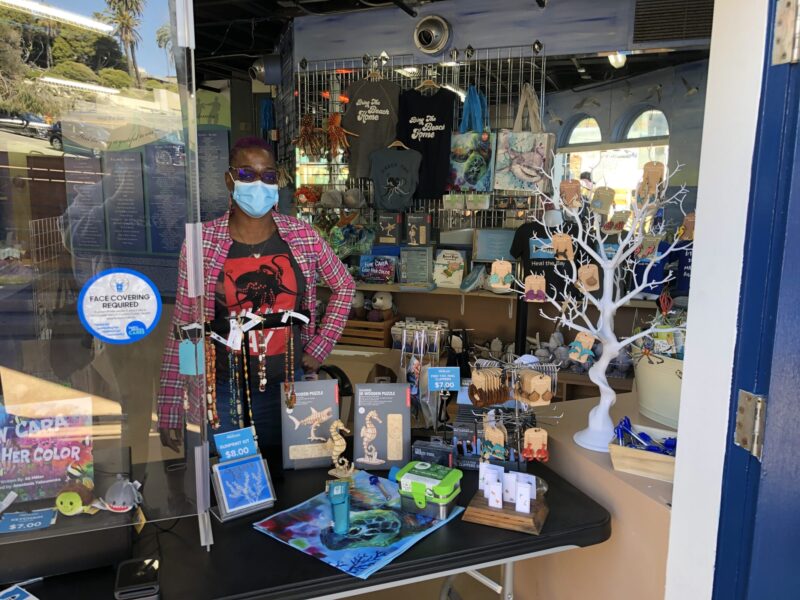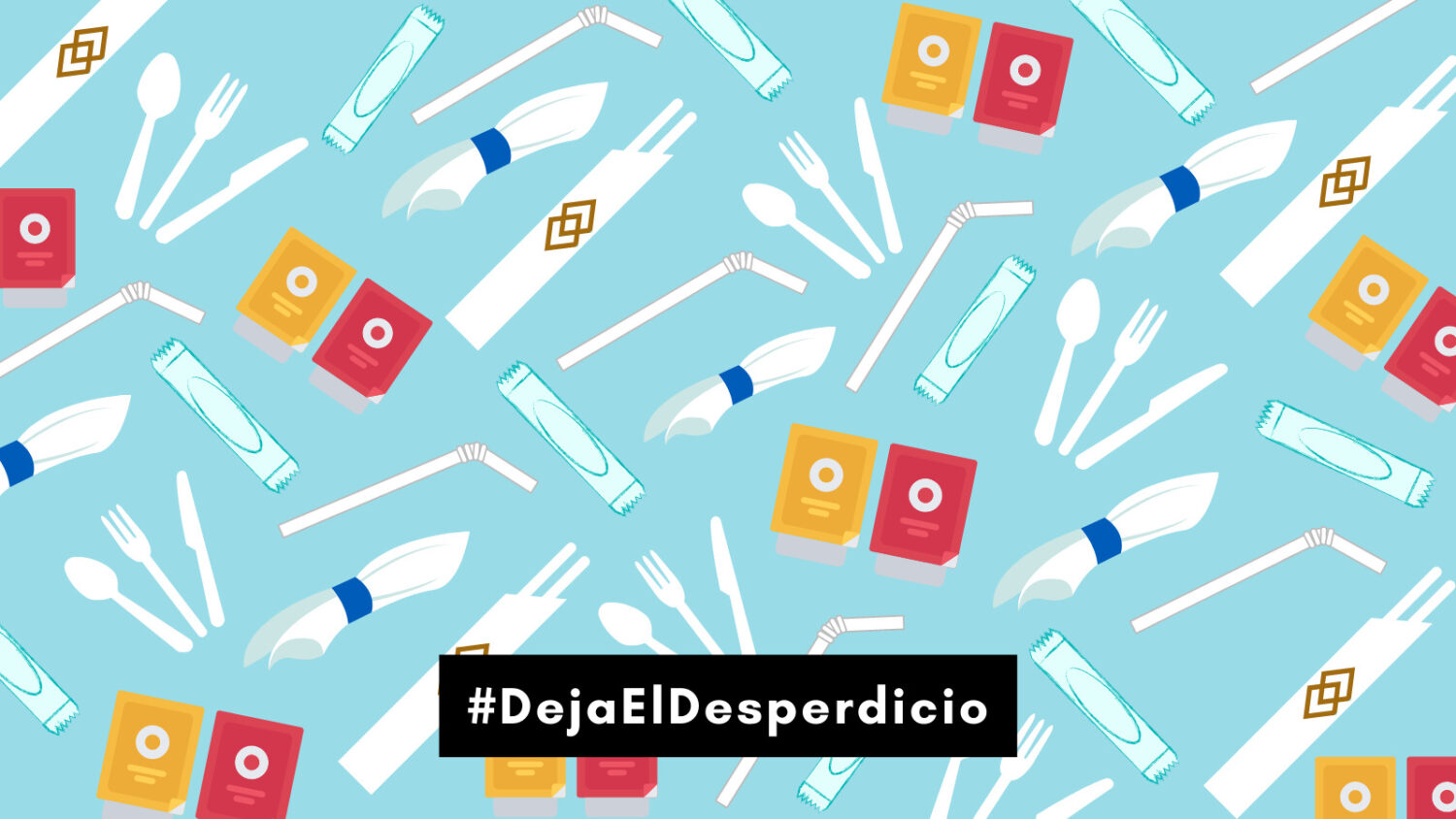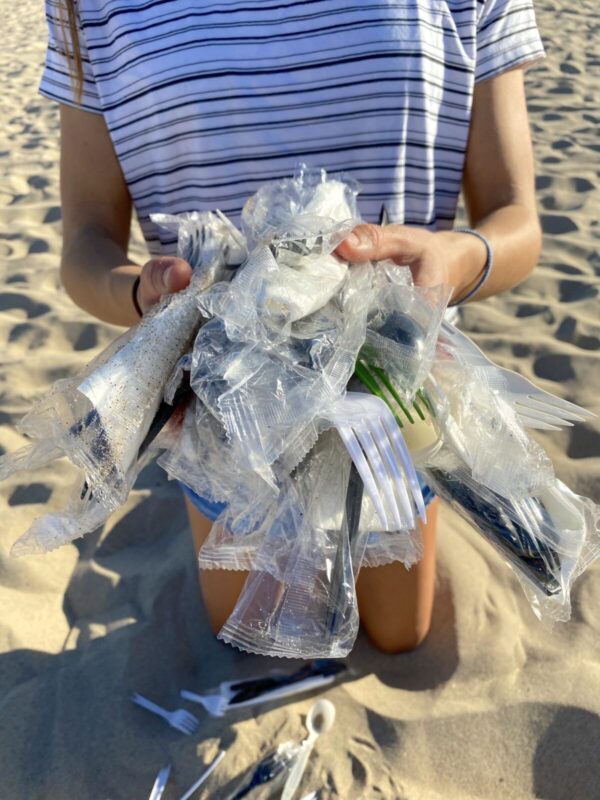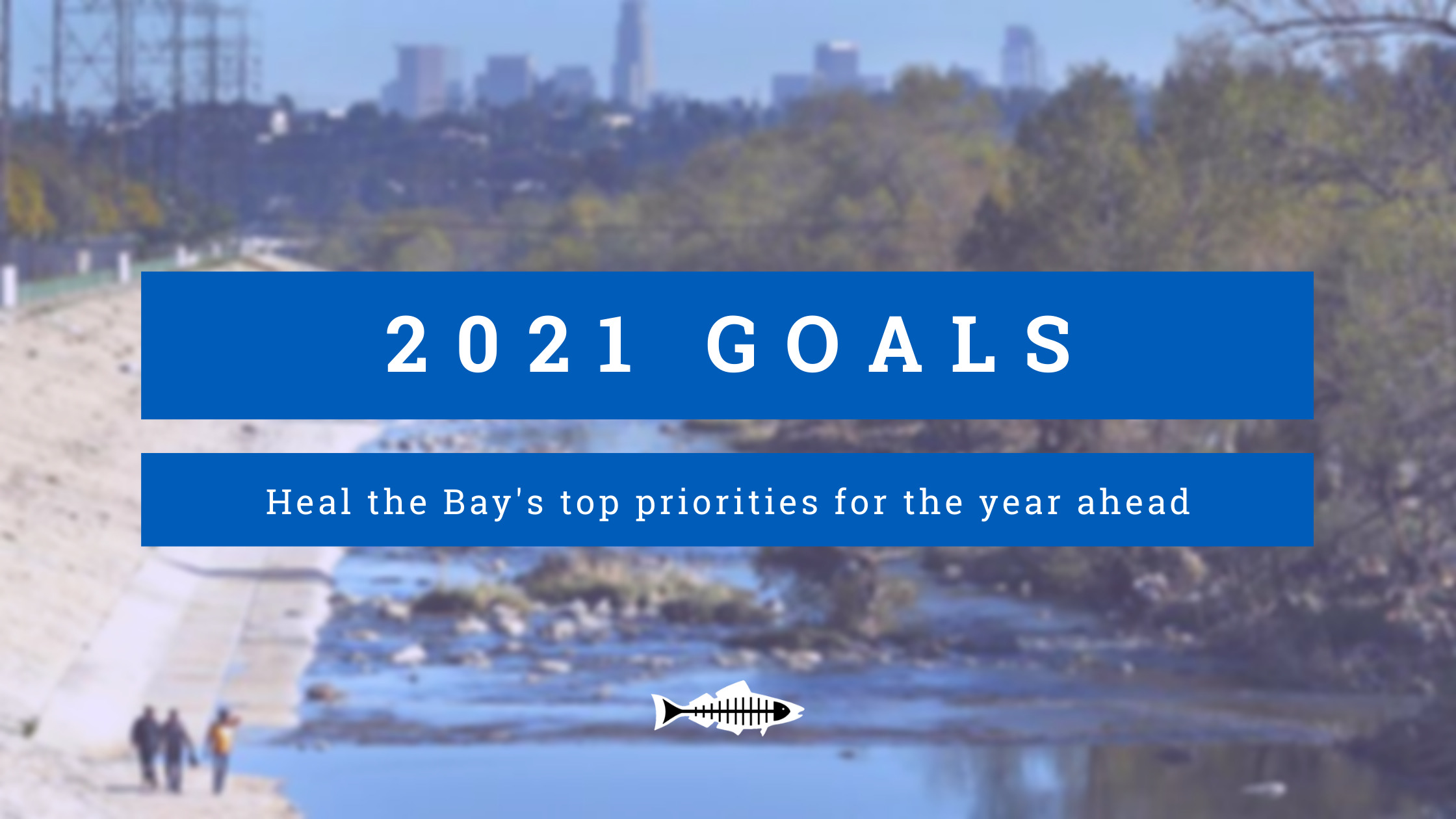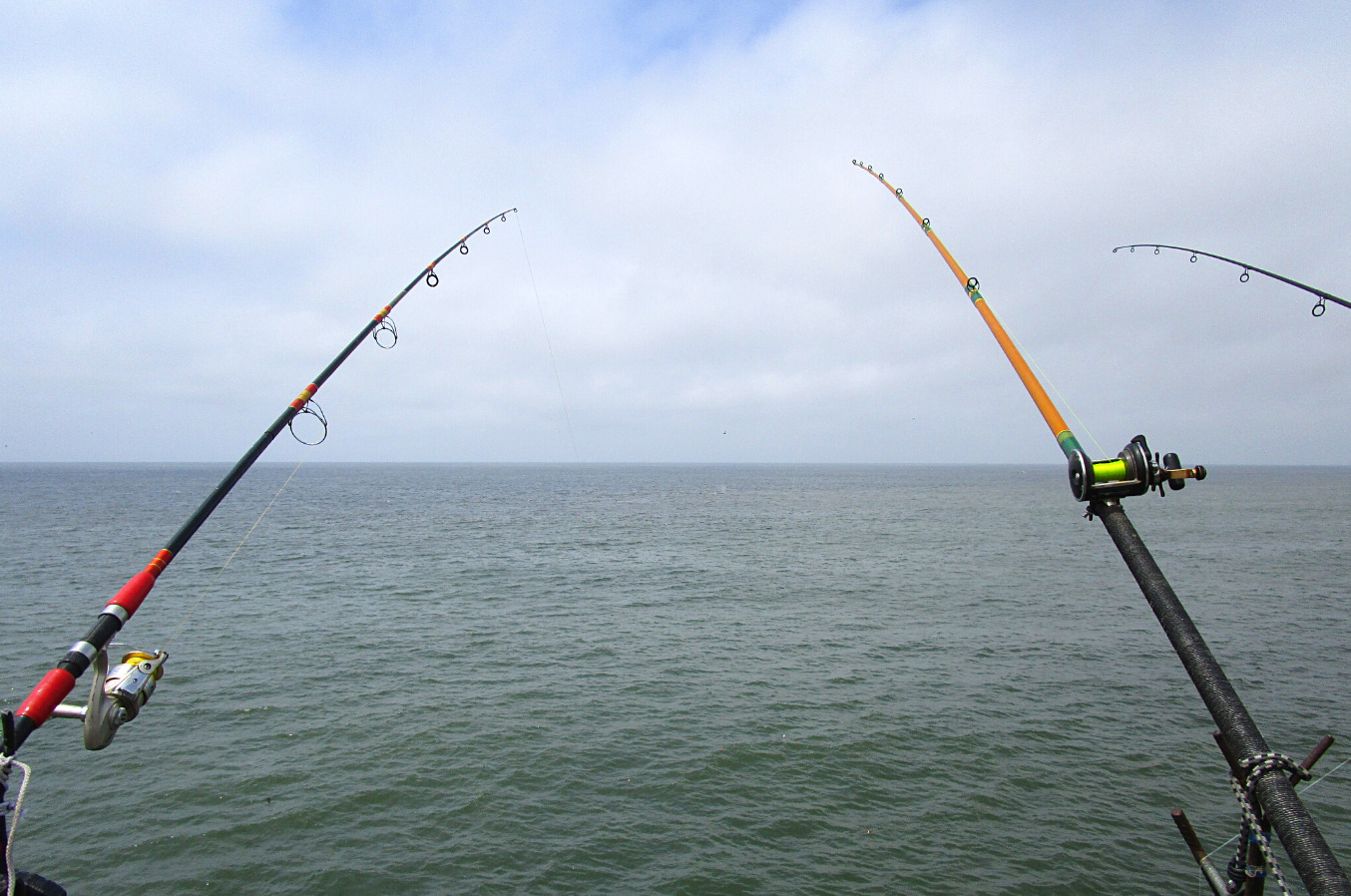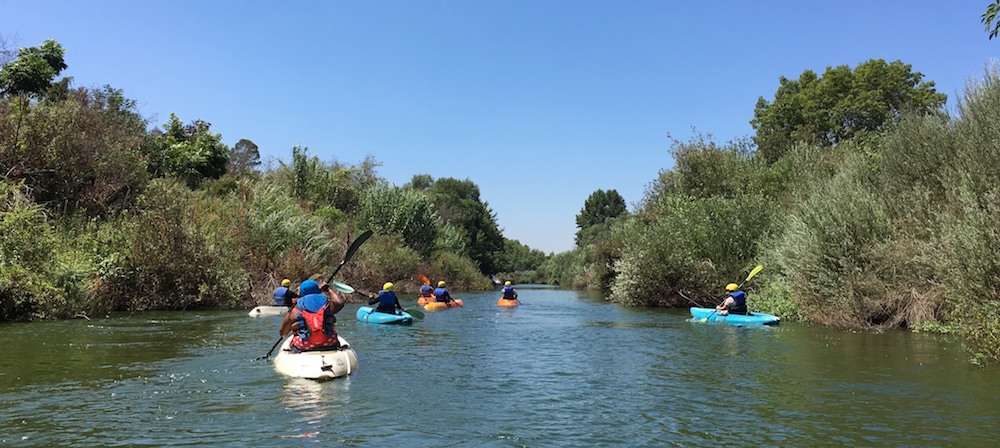
UPDATE: The AB1066 bill has passed and is heading to the Governor’s desk to sign! Thank you for making your voice heard on behalf of clean freshwater in California.
Heal the Bay and Assembly Member Richard Bloom Introduce Legislation to Protect Public Health at Freshwater Swimming and Recreation Sites in California
We are so excited that Assembly Bill 1066 is progressing through the State legislature. It is the necessary first step towards protecting all Californians from pollution at their favorite freshwater recreation spots, and it has the potential to inspire more health protections and water quality improvements as we have seen at our ocean beaches.
Take Action and Call Your Reps:
Help us ensure AB1066 passes by calling your California representatives and letting them know you support safe, freshwater swimming sites for ALL!
Don’t know who your reps are or how to contact them? Find your reps here. Click the provided link to go to their websites and contact info.
Sample call script:
“Hi, my name is ___ and I live in ___ . As your constituent, I am urging you to please support clean water, safe freshwater recreation, and public health by voting YES on AB1066. Thanks for your time.”
Learn More About Assembly Bill 1066
Assembly Bill 1066 has been amended since its initial introduction. The scope of the bill has been reduced, but it still remains a critical and significant step forward in protecting the public health of inland communities and visitors to freshwater recreation areas. The reduced scope cuts down on the cost and approaches the issue in phases, tackling phase one in its current version and extending the initial timeline.
By December 2023, AB1066 would task the California Water Quality Monitoring Council with:
- Producing a report detailing existing data
- Defining and identifying priority freshwater recreation sites across the state, based on criteria such as frequency of use and equity-based metrics
- Making recommendations for an appropriate monitoring program for these sites to the State Water Board
If AB1066 passes, future steps, which Heal the Bay is committed to working on, would include:
- Developing and mandating a monitoring and public notification program for priority freshwater recreation areas across California (similar to AB411 for ocean beaches)
- Identifying appropriate funding sources to support this new program, such as a state budget allocation or federal funding
Twenty-four years ago, the California Legislature took an important step forward in protecting public health at ocean beaches. AB411, authored by Assembly Members Howard Wayne (San Diego) and Debra Bowen (South Bay), established statewide water quality standards, required standard monitoring protocols, and set uniform mandatory public notification procedures in place during poor water quality events. Prior to AB411, ocean-goers did not have access to water quality information leaving them vulnerable to serious illnesses such as stomach flu, respiratory illness and debilitating ear, nose, and throat infections, which are contracted from fecal contamination in the water.
AB411 requires weekly water quality monitoring from April 1 to October 31 as well as public notification of water quality conditions for beaches where annual visitation is 50,000 or greater or that are near storm drains. Heal the Bay was the primary sponsor for this bill, and our Beach Report Card, started in 1991, helped grow support for it. AB411 is still the guiding piece of legislation for recreational water quality monitoring in California. Unfortunately, freshwater swimming and recreation areas are not regulated or monitored consistently in the same way that ocean beaches are. California has fecal pollution standards for freshwater, but monitoring for that pollution is lacking. Many swimming holes across the State are not tested for water quality, and for those that are, the monitoring and public notification protocols are not consistent statewide.
Rivers, lakes, and streams are popular areas where people swim, fish, kayak, wade, raft, and more. And for many people who do not live near the coast or for whom the coast is not easily accessible, these are the areas where they go to cool off and enjoy time with friends and family, and have a good time. People who visit freshwater swimming holes should be provided with the same protections that ocean beachgoers are given. People deserve to know if they might be exposed to fecal pollution so that they can adequately protect themselves. We are thrilled to announce that Assembly Member Richard Bloom, in partnership with Heal the Bay, has introduced legislation to address this public health disparity, AB1066.
AB1066 is the latest effort from Heal the Bay on addressing this issue. In 2014, Heal the Bay began monitoring freshwater recreation sites and providing that information to the public. We also began aggregating freshwater monitoring data from throughout LA County starting in 2017. This grew into our River Report Card (RRC), a free and publicly accessible website with updated water quality information throughout the greater LA region. Similar to the Beach Report Card, we have been using the RRC to advocate for increased monitoring and better water quality notifications across LA County. However, we want to take this to the next step and ensure people across the whole state have access to consistent water quality information that can help keep them safe.
AB1066 would:
- Establish a definition for a freshwater recreation site based on frequency of use and identify sites state-wide to be monitored;
- Require weekly monitoring from Memorial Day to Labor Day for freshwater recreation sites by the owner/operator using a standardized protocol and metrics;
- Require public notification online and through signage for hazardous water quality conditions.
“I am pleased to author AB1066 to address a key public health challenge that many Californians face in outdoor recreation– ensuring there are science and health based bacterial standards, ongoing water quality monitoring, and public notification for freshwater bathing where needed.
California is a magnificent state and one that affords all our communities with opportunities to recreate outdoors. Our lakes, rivers and streams should be enjoyed by residents throughout the state, but we need to ensure that their public health is protected while doing so.”
-Assembly Member Richard Bloom
The protections in AB1066 are long overdue and were afforded to ocean beaches nearly 25 years ago. Sign up for our newsletter to stay informed on our work and ways to get involved.



